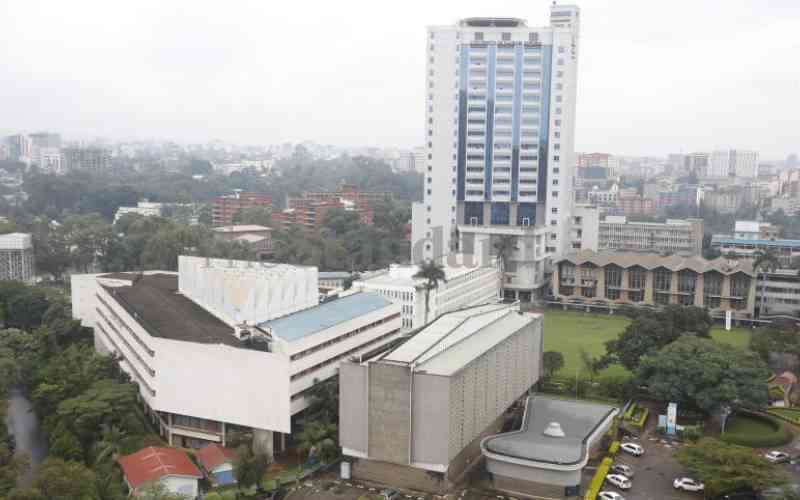×
The Standard e-Paper
Stay Informed, Even Offline

An aerial view of the University of Nairobi. [Wilberforce Okwiri, Standard]
Two separate, but detailed reports of Kenya's main higher education funding agencies have revealed shocking deficits that have sunk public universities into deep financial muddle.